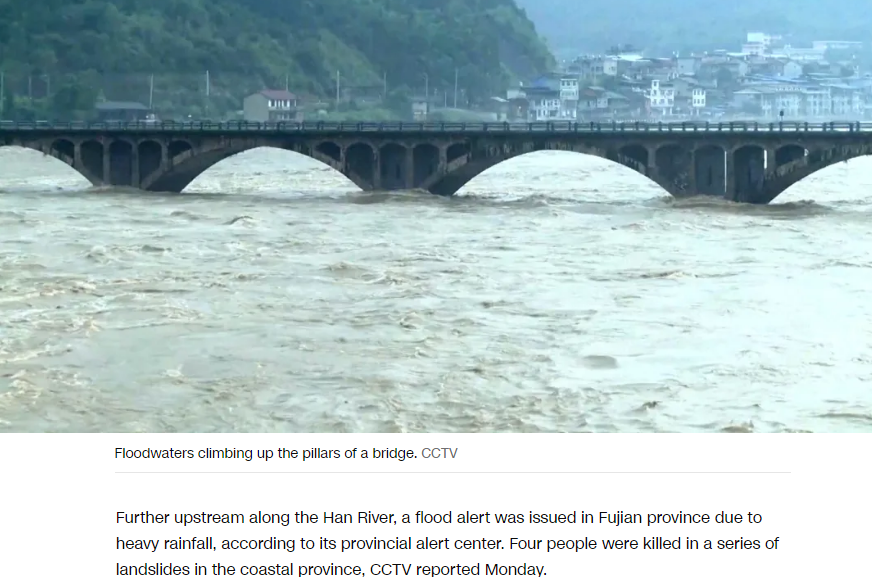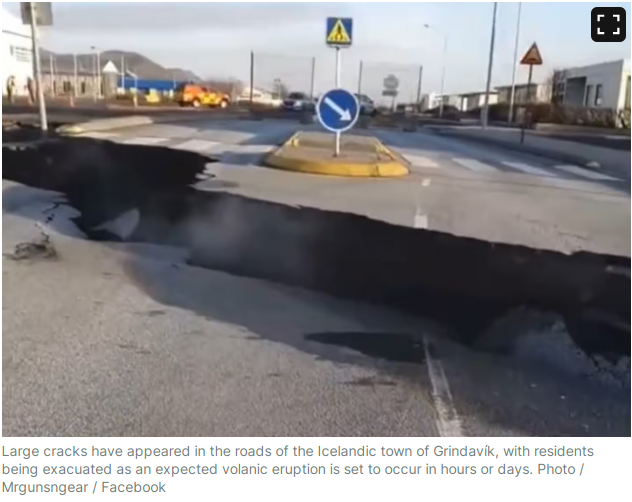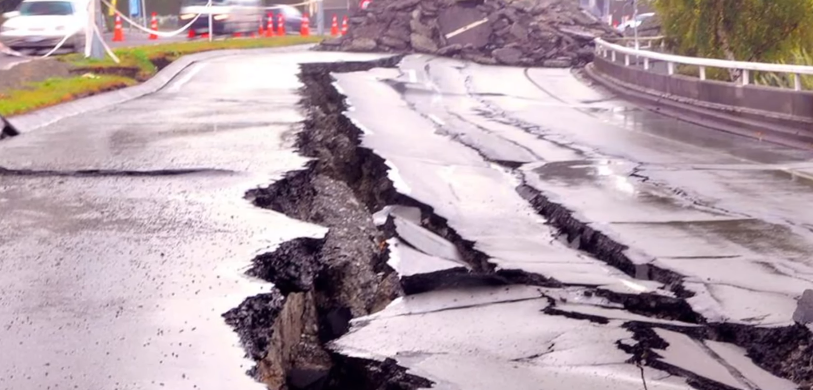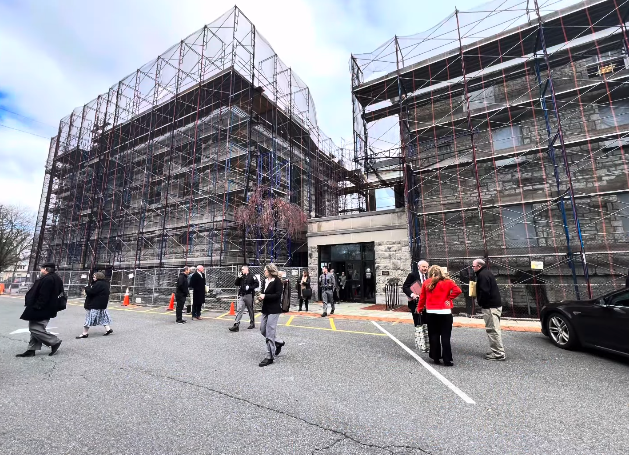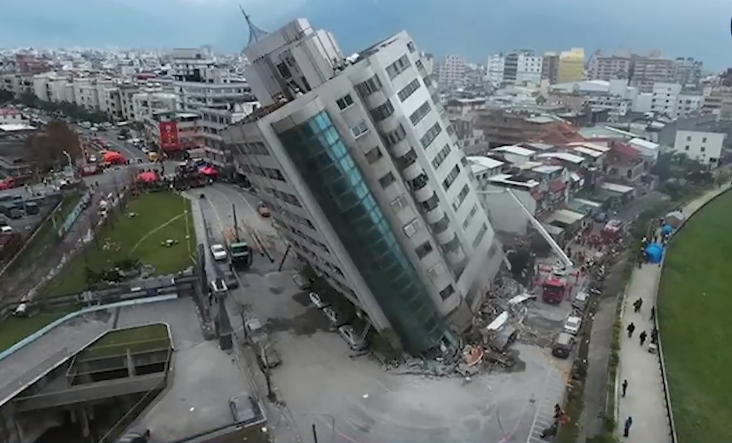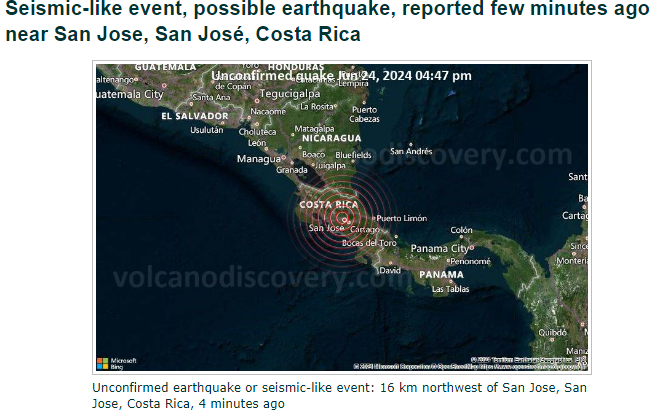| Key Information | Details |
|---|---|
| Location | Thrissur, Kerala, India |
| Magnitude | Up to 4.6 on Richter Scale |
| Recent Seismic Activity | Continuous tremors since Saturday, June 15, 2024 |
| Affected Areas | Kunnamkulam, Erumappetti, Pazhanji, and parts of Palakkad district |
| Impact | Cracks on walls, minor damages, and no reported casualties |

Thrissur, a city in Kerala, India, has experienced continuous seismic activity since June 15, 2024, causing concern among residents. This article will provide an in-depth analysis of the Thrissur earthquake today, including its magnitude, affected areas, and impact on the local community.
Recent Seismic Activity in Thrissur
Thrissur has a history of seismic activity, with seven quakes of magnitudes above 2 and up to 4.6 recorded since 1970. The recent earthquakes, felt for the second consecutive day on Sunday, June 16, 2024, have caused minor damages and raised concerns among the local population.
Magnitude and Epicenter
The earthquake on Sunday had a magnitude of 3.0 on the Richter Scale, with the epicenter identified as Ward 24, Cheeramkulam, in Kunnamkulam municipality. The tremors were felt up to 14km away from the epicenter, affecting the Kunnamkulam area and parts of the border between Thrissur and Palakkad districts.
Impact on the Local Community
While no casualties have been reported, the earthquakes have caused minor damages, including cracks on the walls of an old house in Kunnamkulam. The tremors have also resulted in an increase in awareness and preparedness among the local community, with officials conducting meetings and awareness programs to educate residents on precautionary measures in the event of future tremors.
Geological Explanation
The seismic activity in Thrissur can be attributed to the region’s geological makeup. The Indian Plate, which forms a part of the Eurasian Plate, is moving northwards and colliding with the Eurasian Plate, causing stress and deformation in the Earth’s crust. This collision results in the formation of faults and fractures, which can trigger earthquakes when the stress exceeds the strength of the rocks.
Preparedness and Mitigation Measures
To mitigate the impact of earthquakes, it is essential to implement earthquake-resistant construction practices and ensure that buildings are designed to withstand seismic activity. Regular inspections and maintenance of critical infrastructure, such as bridges and dams, can also help reduce the risk of damage during an earthquake.
In addition, public awareness campaigns and education programs can help communities prepare for and respond to earthquakes effectively. These measures include:
- Earthquake drills: Regular practice of earthquake drills can help individuals and communities respond quickly and effectively during an earthquake.
- Emergency kits: Preparing emergency kits with essential supplies, such as water, food, flashlights, and first aid kits, can help individuals and families be prepared for earthquakes and other emergencies.
- Community engagement: Engaging local communities in disaster risk reduction efforts can help build resilience and improve preparedness for earthquakes and other natural disasters.

Conclusion
The recent seismic activity in Thrissur serves as a reminder of the importance of earthquake preparedness and mitigation measures. By implementing earthquake-resistant construction practices, conducting regular inspections and maintenance of critical infrastructure, and engaging local communities in disaster risk reduction efforts, we can help reduce the impact of earthquakes and build resilience in affected areas.



